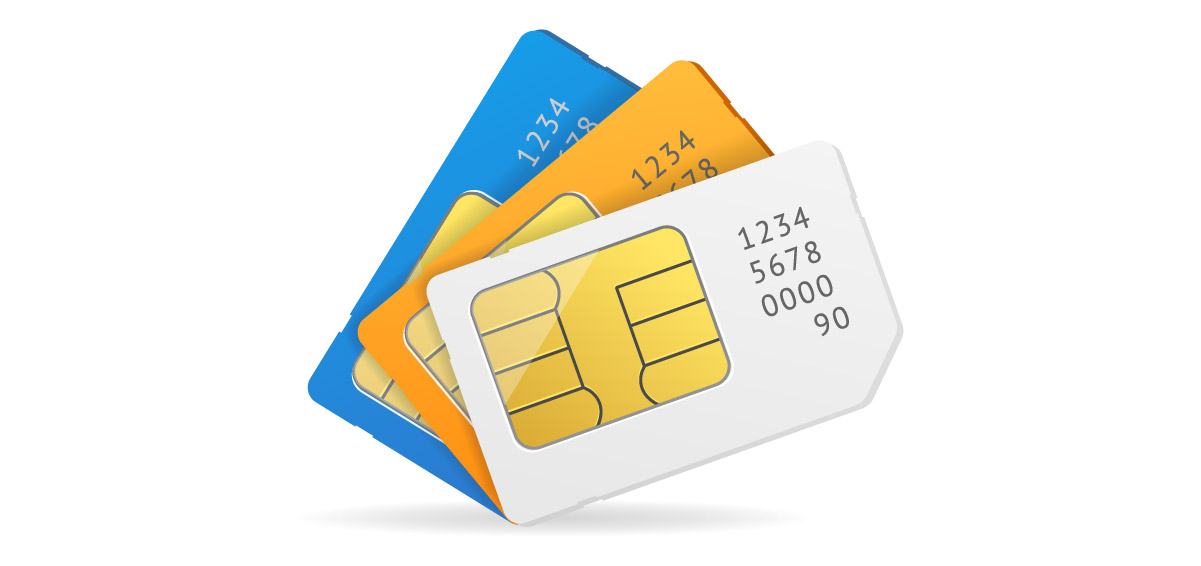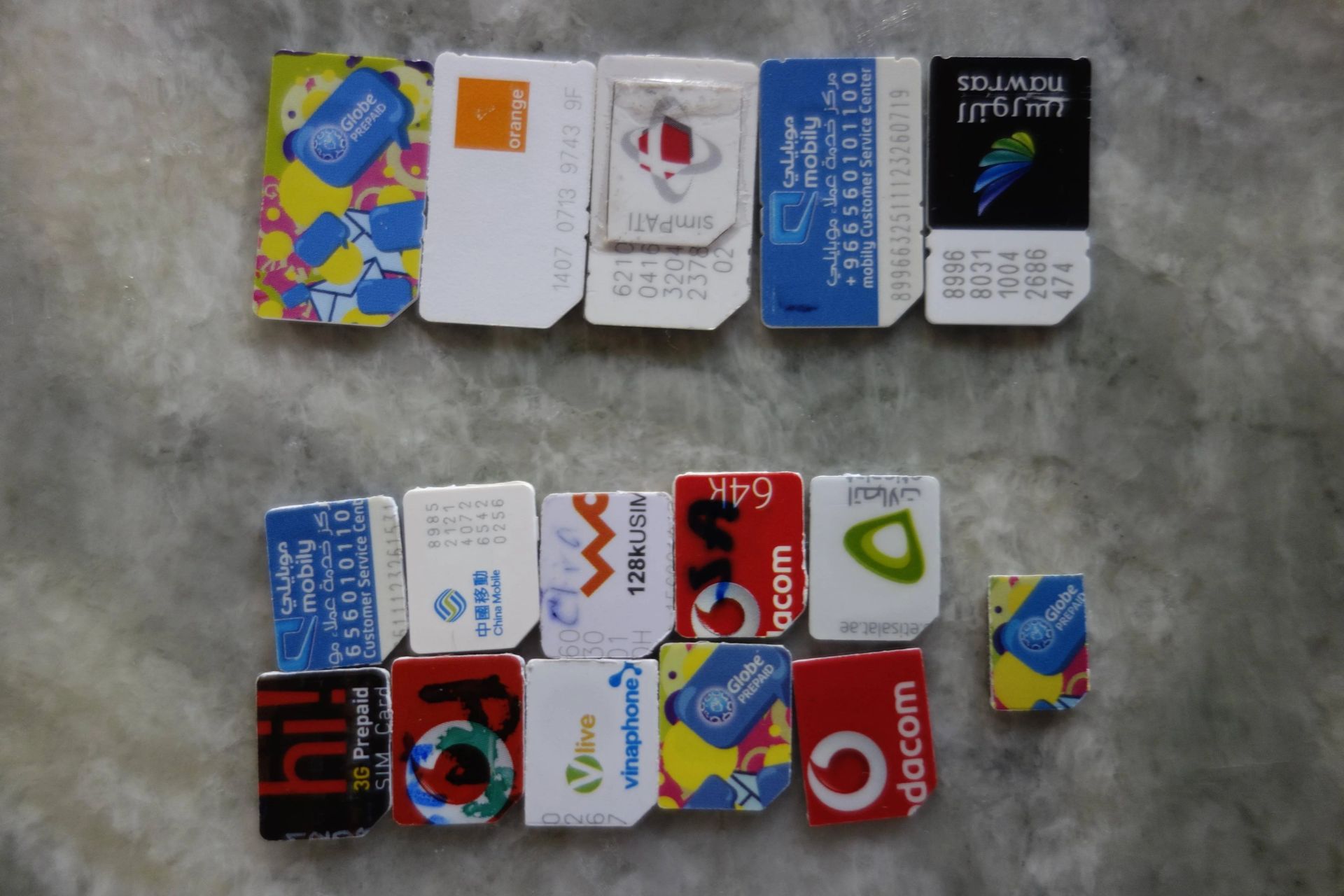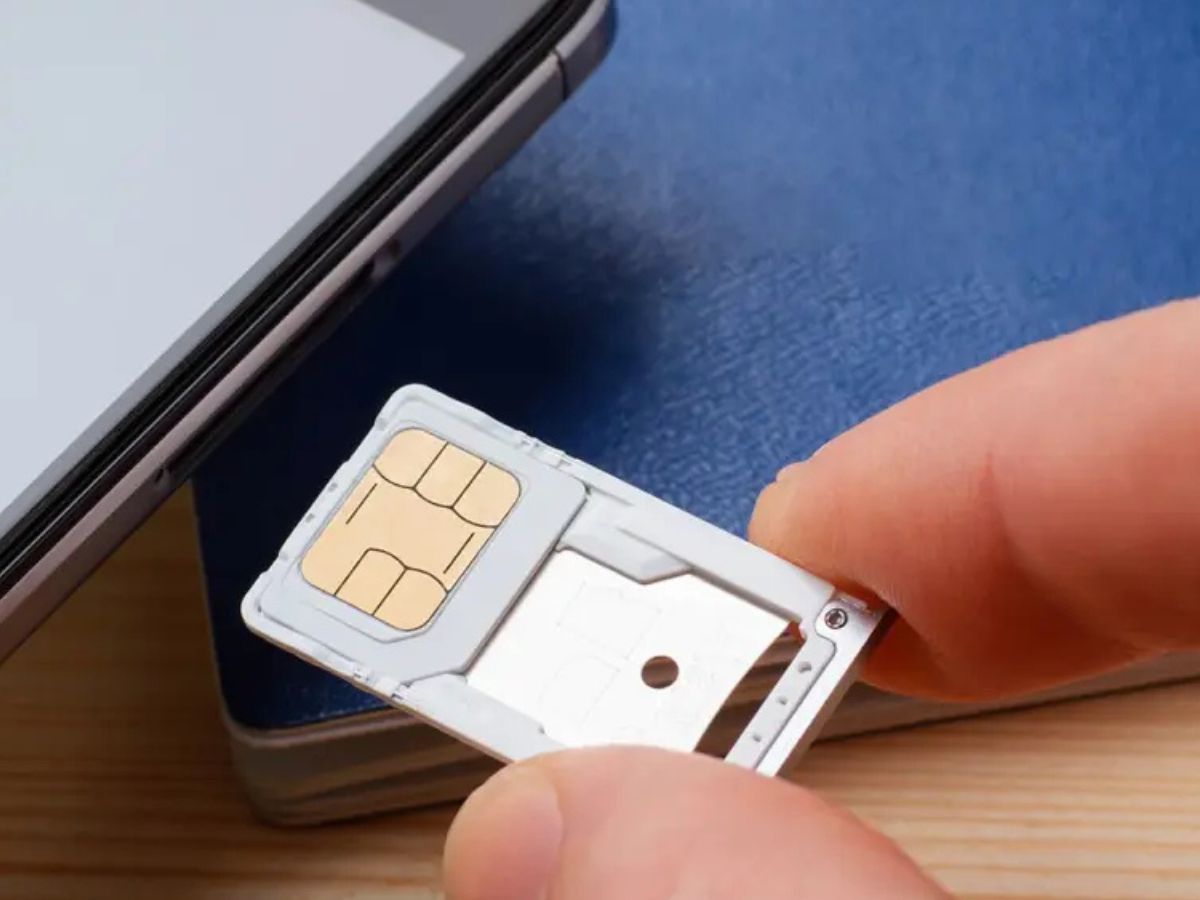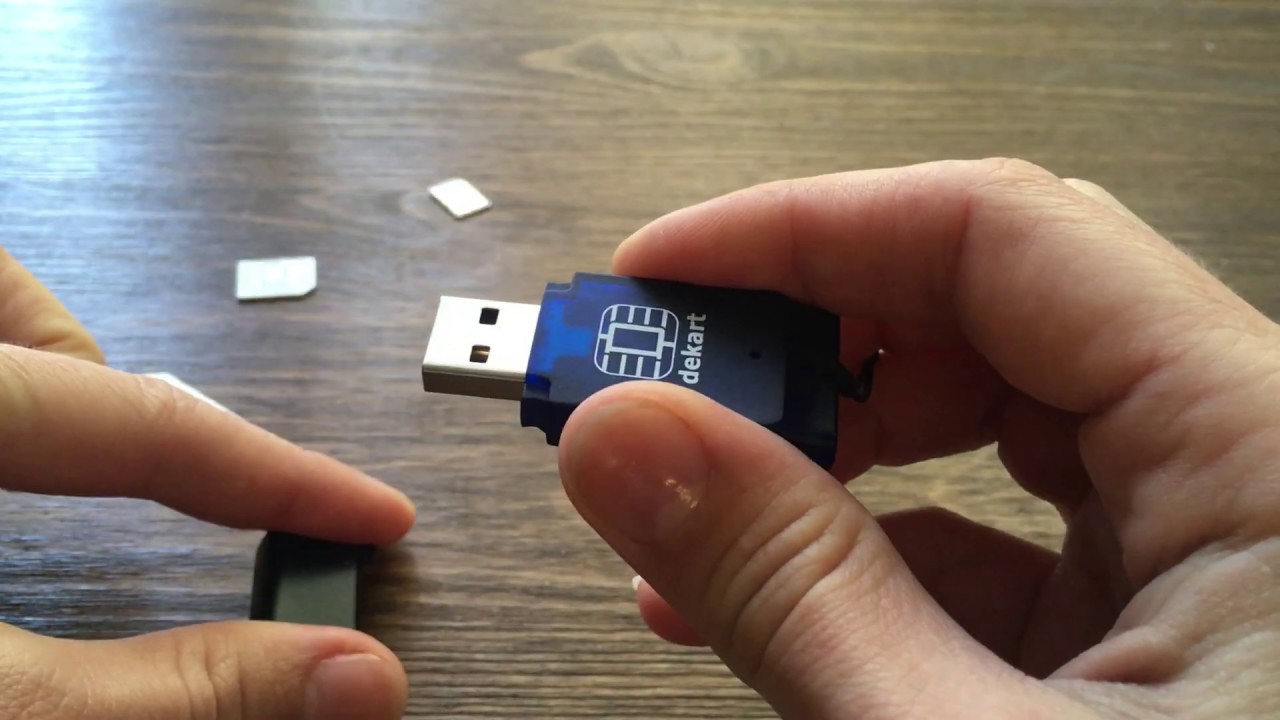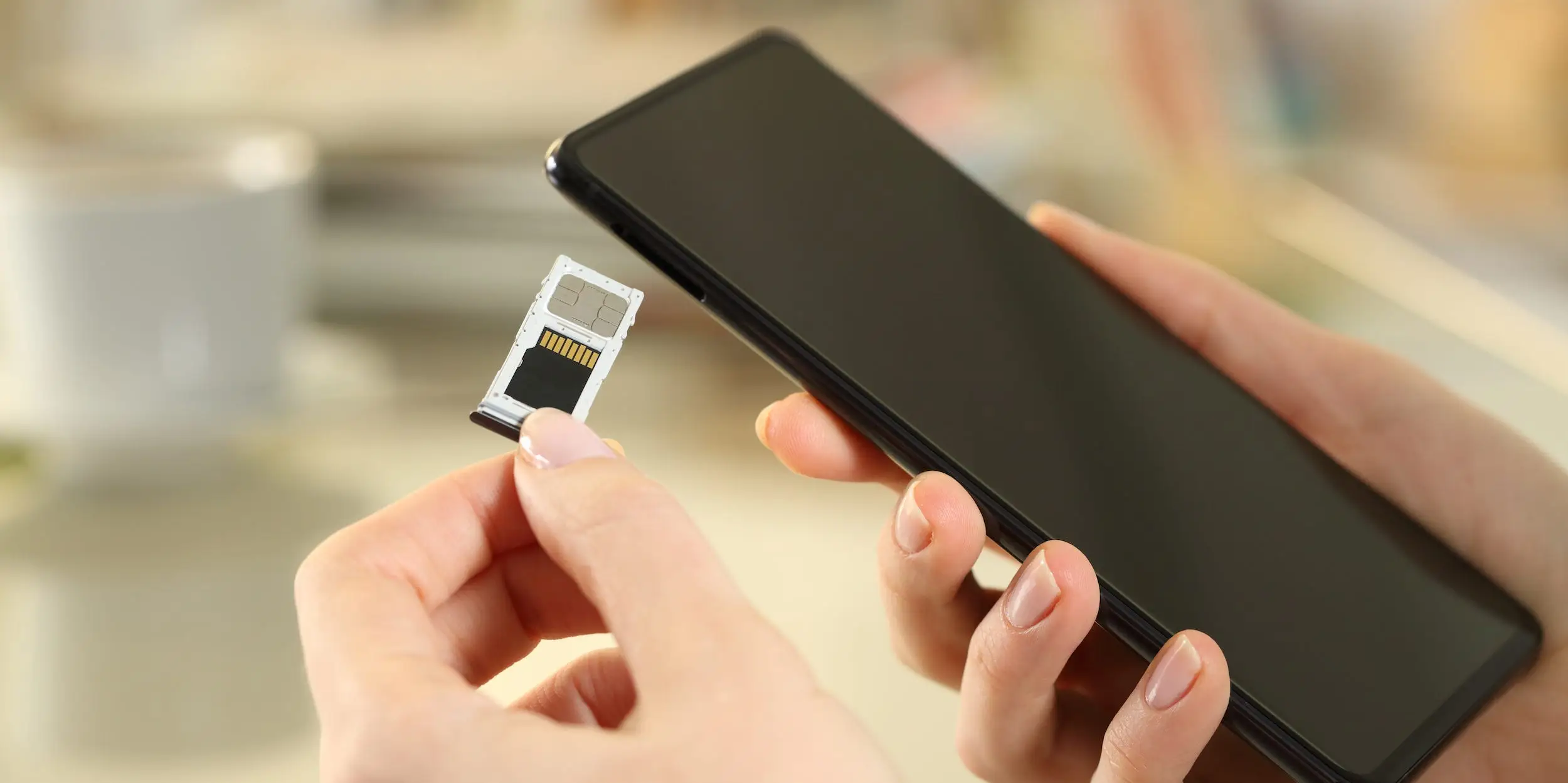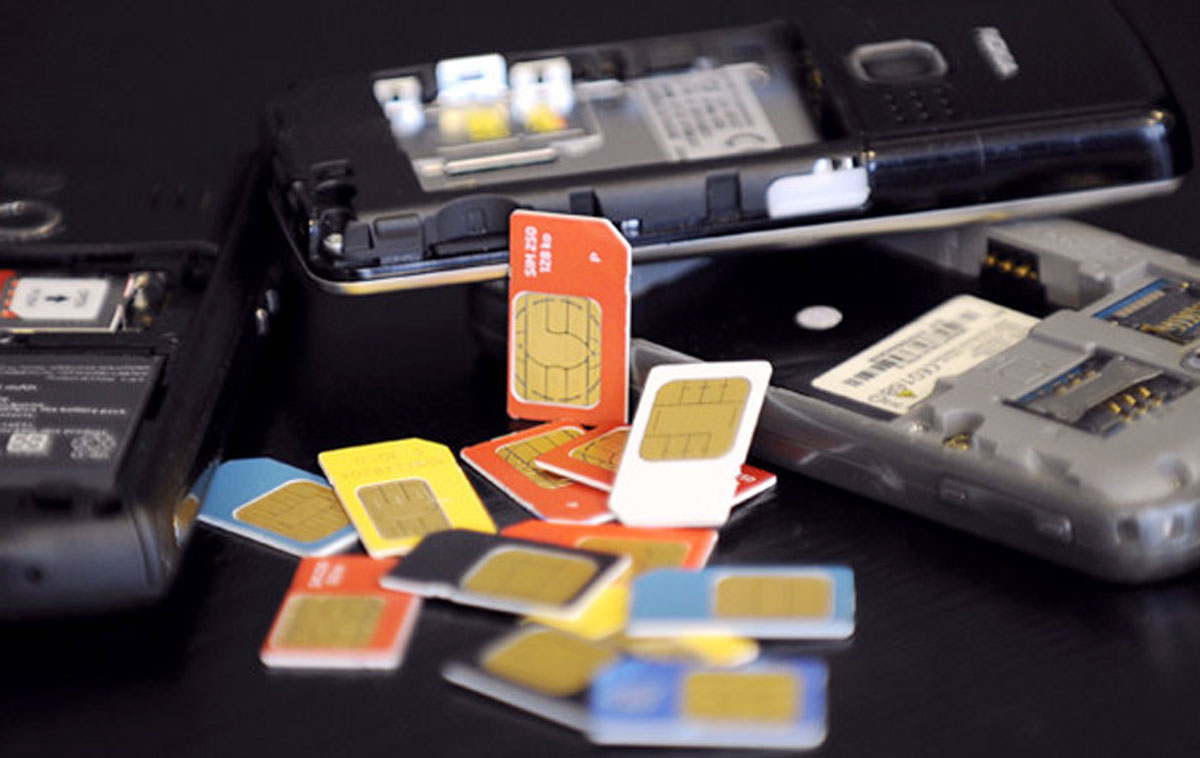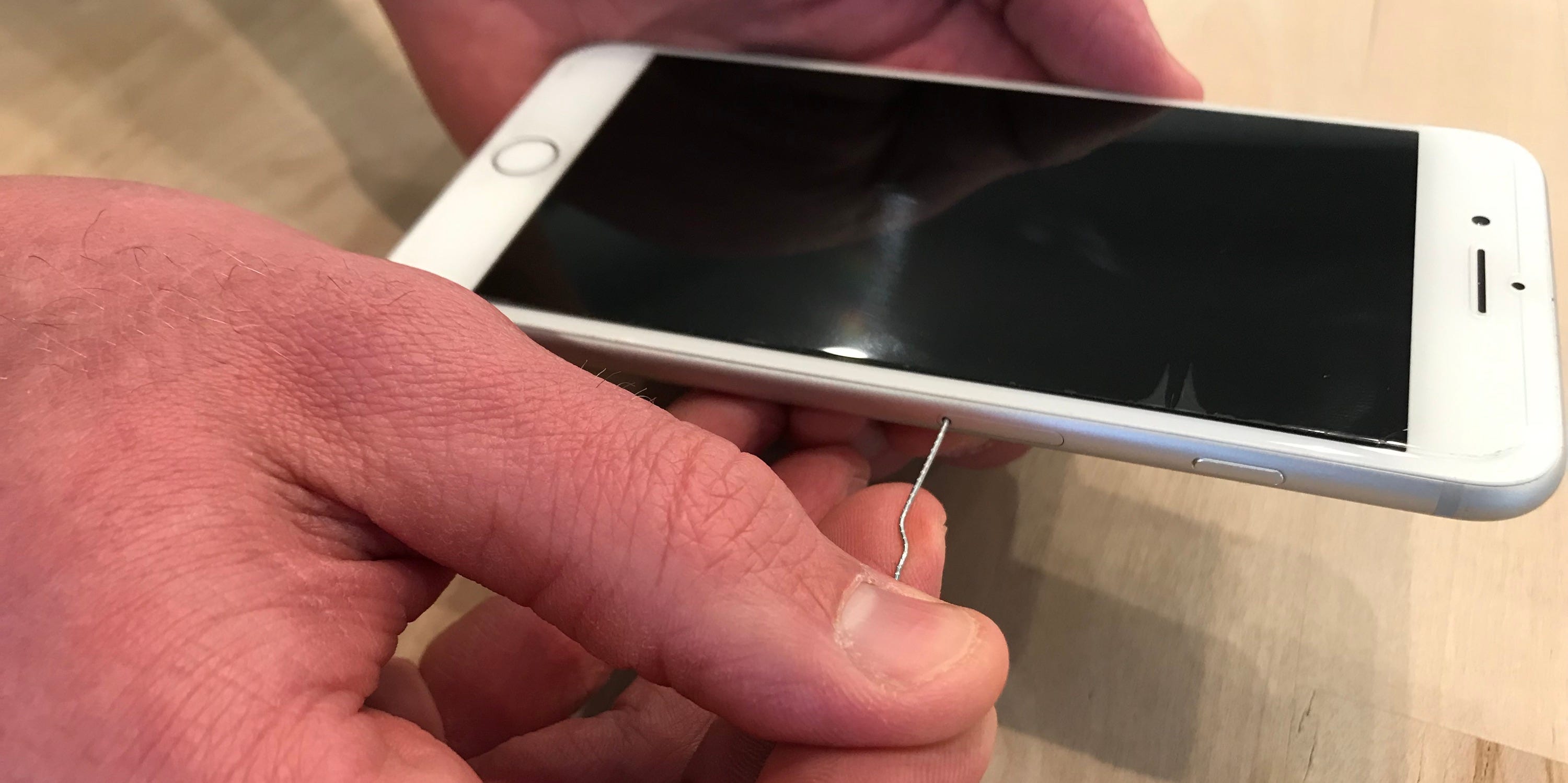What is a SIM Card?
A SIM card, or Subscriber Identity Module card, is a small, removable card that is inserted into mobile devices such as smartphones, tablets, and some feature phones. It serves as the link between the device and the mobile network, allowing users to make calls, send text messages, and access mobile data services.
The SIM card contains a unique identification number, known as the International Mobile Subscriber Identity (IMSI), which is used to authenticate the user and connect them to the mobile network. This identification process enables mobile operators to track usage, bill customers, and provide secure access to their services.
In addition to the IMSI, the SIM card also stores other essential information, such as the Integrated Circuit Card Identifier (ICCID), which is a unique serial number used to identify the SIM card itself. Furthermore, the SIM card holds the authentication key (Ki), which is crucial for encrypting communication between the device and the mobile network, ensuring the security of voice calls and data transmissions.
The physical structure of a SIM card consists of a small, rectangular plastic card with a metallic chip embedded in it. This chip contains the data mentioned earlier and is essential for the SIM card to function properly. The SIM card is typically provided by the mobile operator when a user signs up for a mobile service plan, and it can be easily transferred between compatible devices.
In summary, a SIM card is a fundamental component of mobile communication, enabling users to connect to the mobile network, authenticate their identity, and securely access voice, messaging, and data services. Understanding the role and importance of the SIM card is essential for anyone using a mobile device, as it forms the foundation of their connectivity and communication capabilities.
What Data is Stored on a SIM Card?
The data stored on a SIM card encompasses a range of vital information that facilitates secure and efficient communication between the mobile device and the mobile network. Primarily, the SIM card holds the International Mobile Subscriber Identity (IMSI), a unique identifier that allows mobile operators to authenticate users and grant access to their services. This identification process is essential for establishing a secure connection between the device and the network, ensuring that only authorized users can utilize the mobile services.
In addition to the IMSI, the SIM card stores the Integrated Circuit Card Identifier (ICCID), which serves as a unique serial number for the SIM card itself. This identifier is crucial for tracking and managing SIM cards within the mobile network, enabling mobile operators to associate specific services and billing information with individual SIM cards.
Furthermore, the SIM card contains the authentication key (Ki), a highly sensitive piece of data that is used to encrypt communication between the device and the mobile network. This encryption process ensures the security and privacy of voice calls, text messages, and mobile data transmissions, safeguarding users' sensitive information from unauthorized access or interception.
Moreover, the SIM card stores essential network-related information, such as the Mobile Country Code (MCC) and Mobile Network Code (MNC), which identify the mobile network operator and the country where the SIM card is registered. These codes play a pivotal role in routing calls and messages to the correct network and enabling seamless roaming capabilities for users traveling internationally.
Additionally, the SIM card may store contact information and SMS messages, allowing users to access their contacts and text messages even when switching to a different device. This feature provides convenience and continuity for users who frequently upgrade or change their mobile devices, ensuring that their essential communication data remains accessible.
Overall, the data stored on a SIM card encompasses critical identifiers, authentication keys, network-related information, and user-specific data, all of which are essential for enabling secure and reliable mobile communication. Understanding the significance of this data is crucial for users to appreciate the role of the SIM card in facilitating their connectivity and ensuring the privacy and security of their mobile communications.
How is the Data Stored on a SIM Card Used?
The data stored on a SIM card plays a pivotal role in enabling secure and seamless mobile communication. One of the primary uses of this data is user authentication, which occurs when a mobile device connects to the mobile network. The International Mobile Subscriber Identity (IMSI) stored on the SIM card is utilized by the mobile operator to verify the user's identity and grant access to the network. This authentication process is essential for ensuring that only authorized users can make calls, send messages, and access mobile data services, thereby safeguarding the integrity of the network and protecting users' privacy.
Additionally, the authentication key (Ki) stored on the SIM card is employed to encrypt communication between the device and the mobile network. When a user initiates a voice call, sends a text message, or accesses mobile data, the SIM card's authentication key is utilized to secure the transmission, preventing unauthorized interception or eavesdropping. This encryption mechanism ensures the confidentiality and integrity of the user's communication, bolstering the overall security of mobile interactions.
Moreover, the Integrated Circuit Card Identifier (ICCID) stored on the SIM card serves as a unique serial number for the card itself. This identifier is utilized by mobile operators to manage and track individual SIM cards within the network, associating specific services, billing information, and network configurations with each card. The ICCID enables mobile operators to efficiently provision and manage mobile services, ensuring that users receive the appropriate services and are billed accurately for their usage.
Furthermore, the SIM card's storage of network-related information, such as the Mobile Country Code (MCC) and Mobile Network Code (MNC), is crucial for routing calls and messages to the correct mobile network. When a user places a call or sends a message, the SIM card's stored network codes are used to identify the appropriate mobile operator and route the communication accordingly. This functionality enables seamless connectivity and roaming capabilities, allowing users to stay connected even when traveling across different regions and countries.
In summary, the data stored on a SIM card is utilized for user authentication, communication encryption, SIM card identification, and network routing, all of which are essential for ensuring secure, reliable, and efficient mobile communication. Understanding how this data is used underscores the significance of the SIM card in facilitating seamless connectivity and safeguarding the privacy and security of mobile interactions.
How to Access and Manage the Data on Your SIM Card
Accessing and managing the data stored on your SIM card can be essential for various reasons, such as transferring contacts to a new device, updating network settings, or troubleshooting connectivity issues. While the SIM card primarily functions behind the scenes to facilitate mobile communication, users may need to access and manage its data from time to time. Here are the steps to effectively access and manage the data on your SIM card:
Accessing SIM Card Data:
- Locate the SIM Card Slot: Depending on your device, the SIM card slot may be located on the side, back, or under the battery cover. Refer to your device's user manual for specific instructions.
- Power Off the Device: Before accessing the SIM card, ensure that your device is powered off to prevent any potential damage to the card or the device itself.
- Remove the SIM Card: Carefully eject the SIM card tray using the provided tool or a small paperclip. Gently remove the SIM card from the tray and inspect it for any damage or debris.
- Inspect the Data: Once the SIM card is removed, you can visually inspect it for any visible damage or corrosion. Take note of the SIM card's serial number (ICCID) and ensure that it matches the information recorded in your device settings.
Managing SIM Card Data:
- Transfer Contacts: If you are switching to a new device, you can transfer your contacts stored on the SIM card to the new device. Access the 'Contacts' or 'Address Book' settings on your device and look for the option to import contacts from the SIM card.
- Update Network Settings: In some cases, you may need to update the network settings stored on your SIM card. This can include configuring mobile data settings, enabling or disabling roaming, or updating network-specific preferences. Access the 'Mobile Network' or 'SIM Card' settings on your device to make necessary adjustments.
- Troubleshoot Connectivity Issues: If you are experiencing connectivity problems, removing and reinserting the SIM card can help refresh the connection. Additionally, cleaning the SIM card and the SIM card slot with a soft, dry cloth can eliminate any potential debris or dirt that may be affecting the connection.
By following these steps, you can effectively access and manage the data on your SIM card, ensuring that it functions optimally and supports your mobile communication needs. While the SIM card typically operates seamlessly in the background, having the knowledge to access and manage its data can be advantageous in various situations, empowering users to maintain a reliable and secure mobile connectivity experience.
Security and Privacy Concerns with SIM Card Data
Security and privacy are paramount considerations when it comes to the data stored on a SIM card. The sensitive nature of the information, including the International Mobile Subscriber Identity (IMSI), authentication key (Ki), and Integrated Circuit Card Identifier (ICCID), underscores the need for robust safeguards to protect this data from unauthorized access and exploitation.
One of the primary concerns relates to the potential interception of SIM card data. As the SIM card plays a crucial role in authenticating users and encrypting their communication with the mobile network, any unauthorized access to the SIM card's data can lead to privacy breaches and security vulnerabilities. Malicious actors may attempt to intercept the IMSI or authentication key, compromising the confidentiality of voice calls, text messages, and mobile data transmissions. This underscores the critical importance of implementing strong encryption protocols and security measures to prevent unauthorized access to SIM card data.
Furthermore, the risk of SIM card cloning and identity theft poses significant security concerns. If a malicious party manages to clone a SIM card, they could potentially impersonate the legitimate user, gaining unauthorized access to the mobile network and exploiting the user's identity for fraudulent activities. This underscores the need for stringent authentication mechanisms and proactive measures to detect and prevent SIM card cloning, thereby safeguarding users' identities and preventing unauthorized usage of their mobile services.
In addition, the storage of personal contact information and SMS messages on the SIM card raises privacy considerations. Users entrust their contact lists and communication history to the SIM card, and any unauthorized access to this data can compromise their privacy and potentially lead to misuse of personal information. Therefore, robust security measures and user authentication protocols are essential to prevent unauthorized access to contact information and SMS data stored on the SIM card, ensuring the privacy and confidentiality of user communication.
Moreover, the physical security of the SIM card itself is a crucial aspect of protecting its data. Users must handle their SIM cards with care, safeguarding them from physical damage, loss, or theft. Additionally, mobile operators and device manufacturers must prioritize the implementation of secure SIM card management practices to prevent unauthorized duplication or tampering with SIM cards, thereby mitigating the risk of data compromise and unauthorized access.
Overall, addressing security and privacy concerns with SIM card data requires a multi-faceted approach, encompassing robust encryption, authentication mechanisms, proactive fraud detection, and user education regarding secure SIM card handling. By prioritizing the protection of SIM card data, users can confidently utilize their mobile devices while maintaining the privacy and security of their communication.







